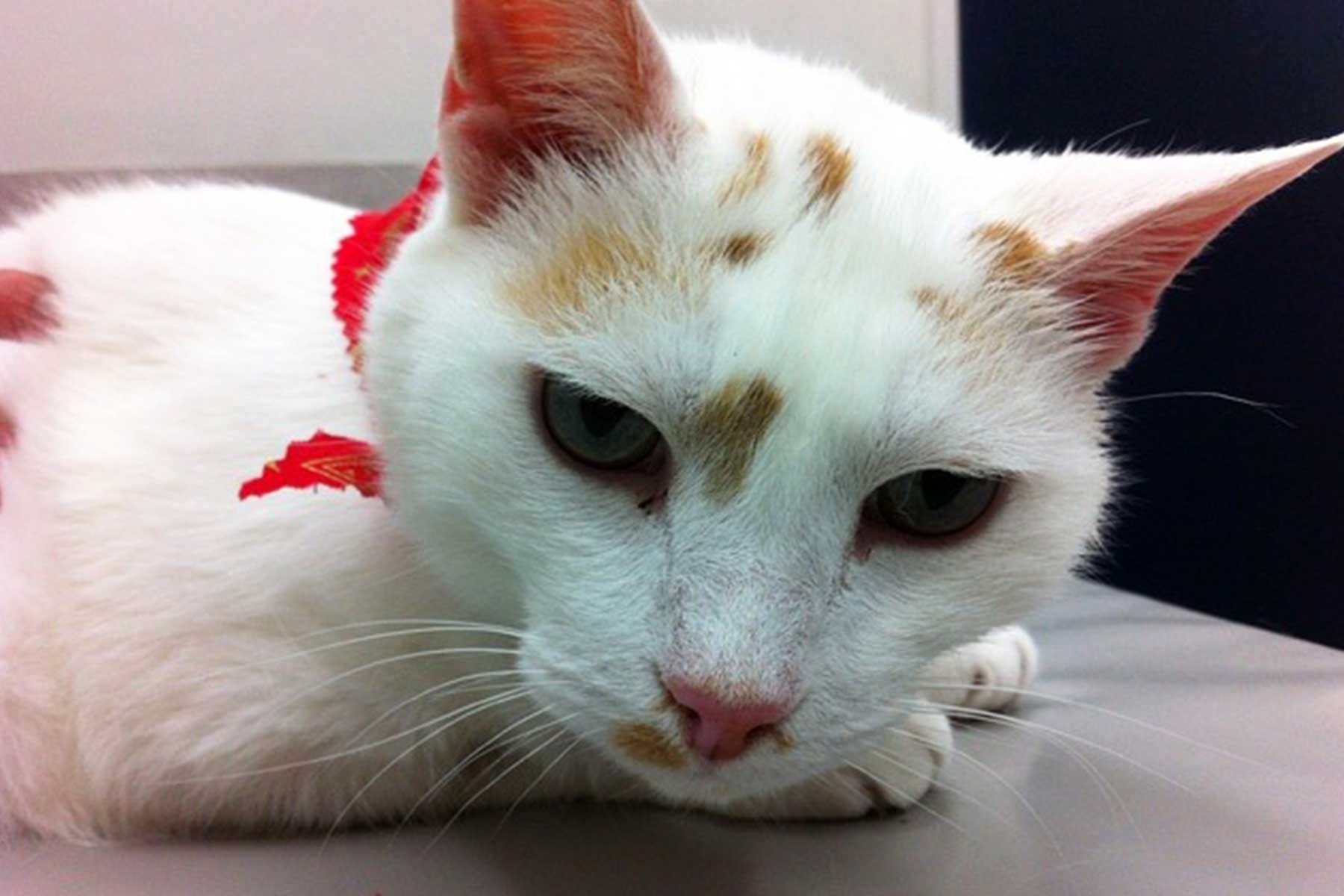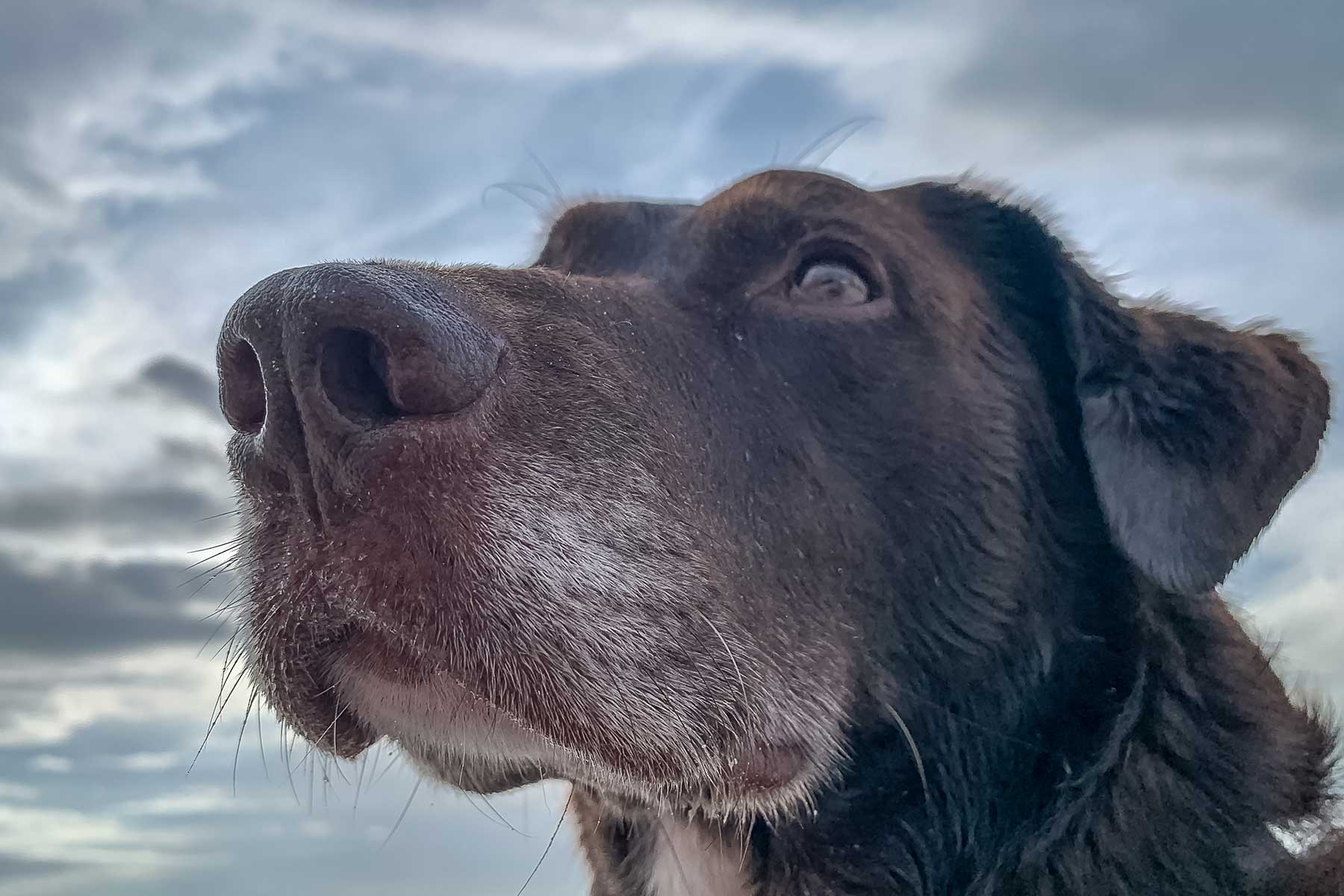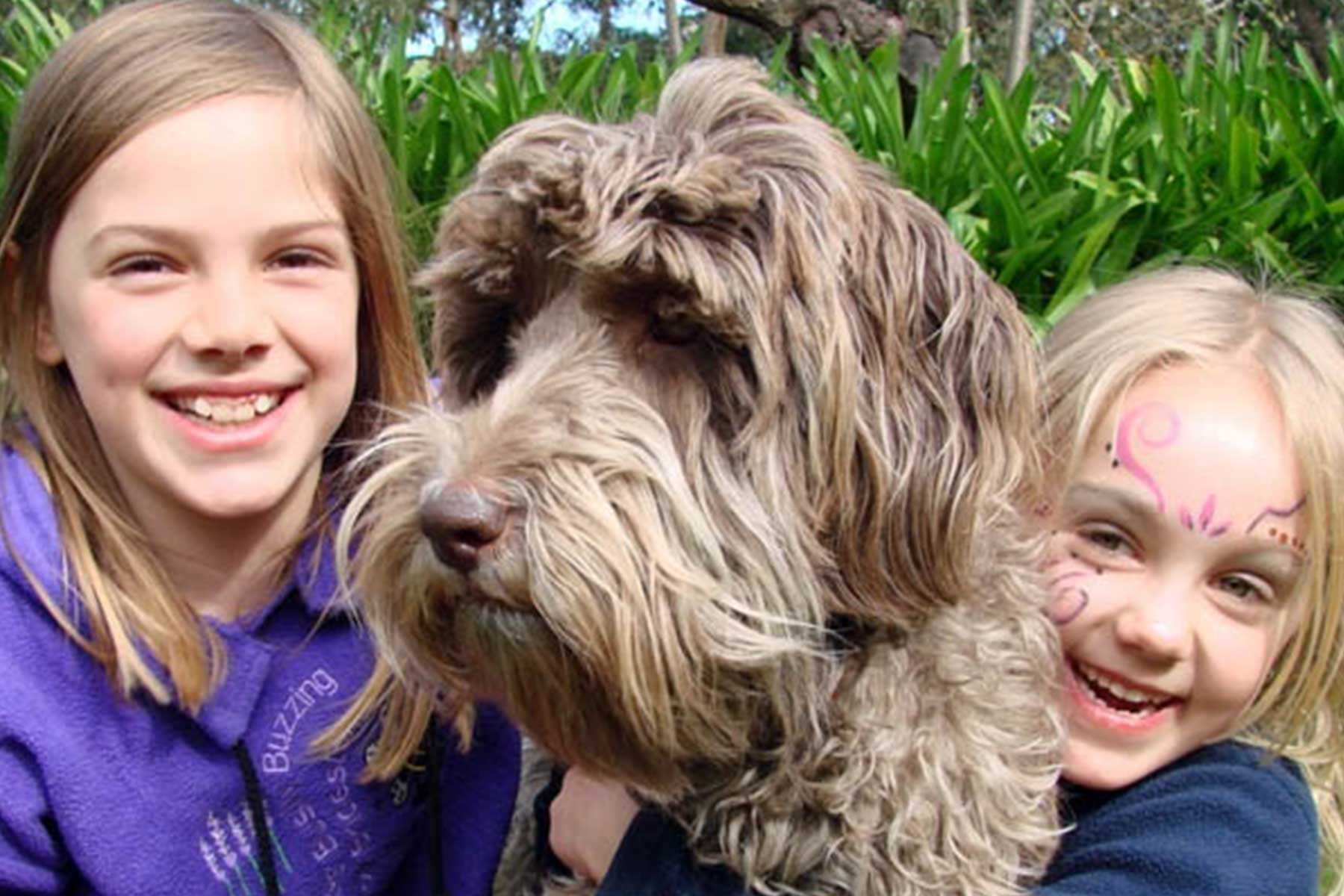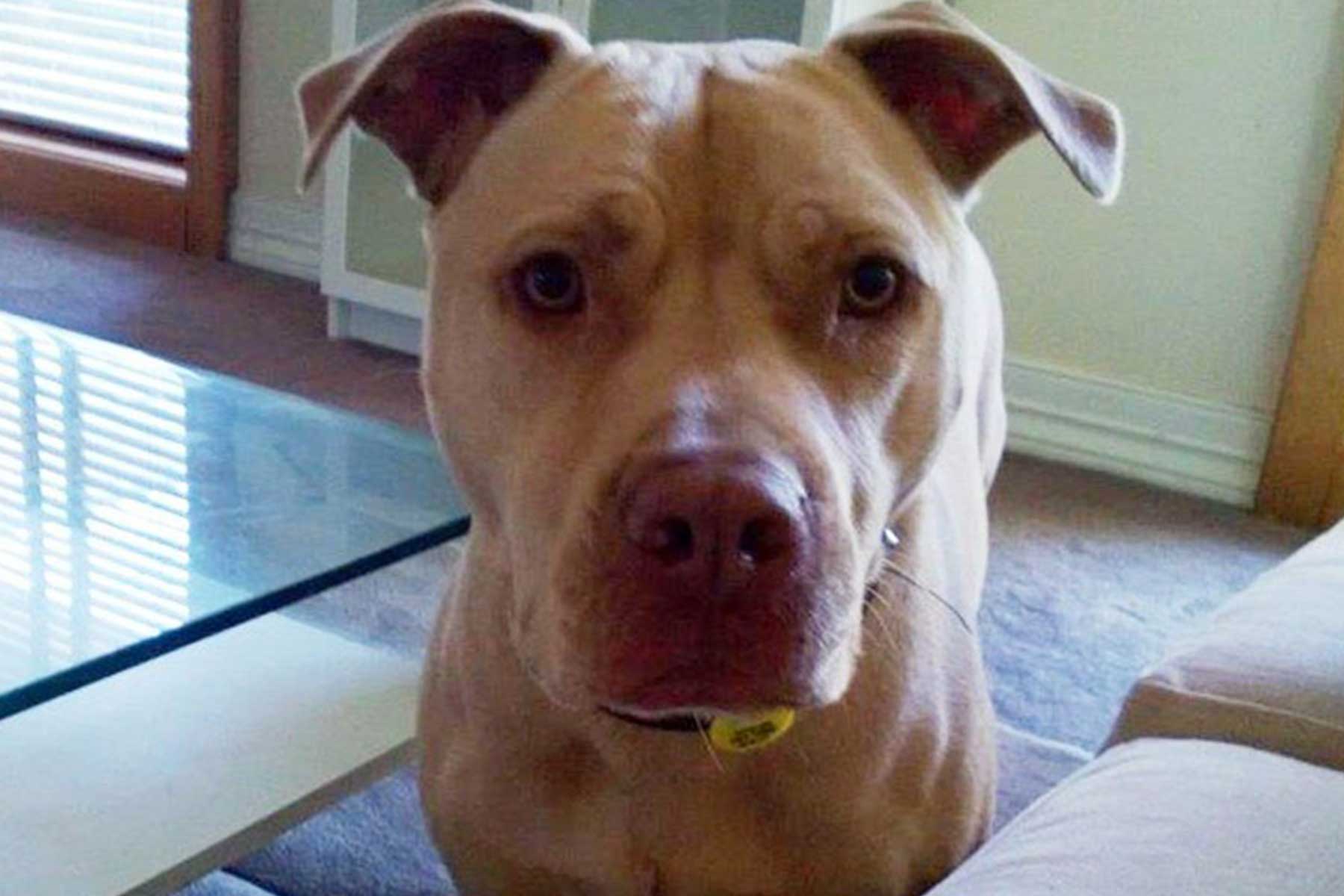Choosing a new puppy or adopting a dog is always a very exciting time but it’s also important to remember to research which breed is going to match with your lifestyle. When it comes to choosing a new pet for your household, each breed has their own unique personality traits and needs. Some things to consider when choosing your next pooch may include activity and stimulation level, size of the breed, coat type and maintenance, the size of your yard and also being aware of any medical conditions they may be predisposed to. Another important part of owning a pet is to be aware of the financial costs involved, not only as puppies but for ongoing maintenance in their adult years through to their senior years. This can include things like food, medical bills, vaccinations, intestinal and heartworm treatment, emergency bills, medications and any ongoing training.
Consider your work schedule and how much stimulation you can provide
Other things to think about may include your work schedule and how much time you are able to spend at home or out with your pet, your lifestyle/activity level and whether you can provide the necessary training and enrichment needs for that specific breed. For example, our working breeds such as border collies, Australian shepherds, kelpies and heelers were originally bred for herding stock and are highly intelligent, and almost always have high energy levels. Naturally, they need a lot of mental stimulation and will need daily exercise to use that energy. It is important that when adopting or purchasing these breeds that you are able to put the time into their required enrichment and physical needs or behaviour issues can occur.
Smaller breeds don’t necessarily mean they will need less exercise or training! Our terrier breeds such as Jack Russells, Fox Terriers, Airedale Terriers, Tenterfield Terriers and West Highland Terriers were originally bred to hunt vermin, having a strong hunting scent and great stamina. These breeds also benefit from daily exercise and ongoing training and mental stimulation. Smaller breeds including Cavalier King Charles Spaniels, Shih Tzus and Maltese were originally bred as companion or lap dogs and may be more suited to people or families with smaller apartments or have less time for training and daily exercise.
Grooming and maintenance
Grooming and maintenance is another big consideration when choosing your next family pet. Snow breeds such as Huskies and Malamutes were bred for sledding and surviving in freezing temperatures, therefore have a thick double coat. They require daily to weekly grooming and will have a full undercoat shed twice a year, normally before a season change. Groomers are able to use high power professional blowers to blow out the undercoat and if you cannot brush all the undercoat out at home, it may be well worth booking in for a professional groomer a few times a year. Even short-haired dogs such as Labradors will still have undercoats that will need to be brushed out. Poodles or Poodle crosses such as Cavoodles, Spoodles and Labradoodles have fur that doesn’t tend to shed but continues to grow. If they are not able to be clipped at home, it is recommended that they are professionally groomed every 6-8 weeks for maintenance. Dogs with a longer coat will also need ongoing brushing as they are more prone to matting.
Allergies
Allergies must also be considered. Any your dog may have but also your own. Staffordshire Terriers and French Bulldogs tend to have more allergies, these can be both food and environment-related. They can range in severity to just requiring hypo-allergenic food to needing frequent medication or injections. Some people can also be allergic to certain dogs, long-haired dogs are usually worse, so if you find that you are allergic to some dogs, a non-allergenic dog, like a Poodle cross or even Shih Tzu/Maltese cross might be a better option for you.
Considering Predisposed Medical Conditions
Another big area that is often is overlooked when considering choosing your dog is any medical conditions they may be predisposed to. Dogs such as pugs, French bulldogs, chow chow, bulldogs and bullmastiffs are brachycephalic meaning ‘shortened head’, this refers to their shortened snouts. Not all brachycephalic dogs will have health issues but because of the shape of their head this makes them more at risk of complicating health concerns such as brachycephalic airway syndrome. These breeds often will snore or have noisy breathing, they can often struggle with the heat and lots of exercise (prone to heatstroke and exhaustion). This can often be managed by keeping them out of heat, controlling their weight and monitoring exercise levels, but sometimes they will require surgery to improve airflow. So, if you like rigorous exercise and spending the hot days at the beach with your pup – a Frenchie probably isn’t for you! If looking at a crossbreed, you will need to look at the predisposed medical concerns for both breeds in the mix.
Considerations should also be given to dogs prone to hip dysplasia, breeds like Golden Retrievers and German Shepard’s are more predisposed. This does not mean all dogs predisposed will have it or that they cannot live happy and healthy lives, but you need to be prepared that they may require surgery and the costs included in this. We recommend doing your research on the breed you are choosing and your research on the breeder, to ensure the parents or family line do not have any genetic conditions that are likely to be passed over.
Identifying the right breed
A good way to help identify the best breed for you would be to use the AKC breed groups, they are split into 8 groups: Herding, Hound, Toy, Non-Sporting, Terrier, Working and Miscellaneous Group. Each of these groups have general characteristics that can help you find out what breed will be the best fit for you. For example, as a general, Hounds, can be quite aloof and independent, so sometimes harder to train or require more time and effort to be trained. I think all the beagle owners out there can agree when they say their beautiful pup can be very head strong! They also have a lot of information including standards on size, colours, life expectancy, training, nutrition, grooming, exercise and more on each breed so this is a useful tool to find out which breed is best suited to your family and needs.
These are just a few points to take into consideration when finding the right dog breed for your home. It is important to make sure that we are able to provide them with as much love and attention and time as we can along with adequate training and exercise. Some families might find choosing a new puppy as the best option and others may decide to adopt a more middle age or senior dog. Researching the breed and the specific needs is really important in making sure we are able to provide the perfect home for our new companion!
Written by Alanah White, Veterinary Nurse.











